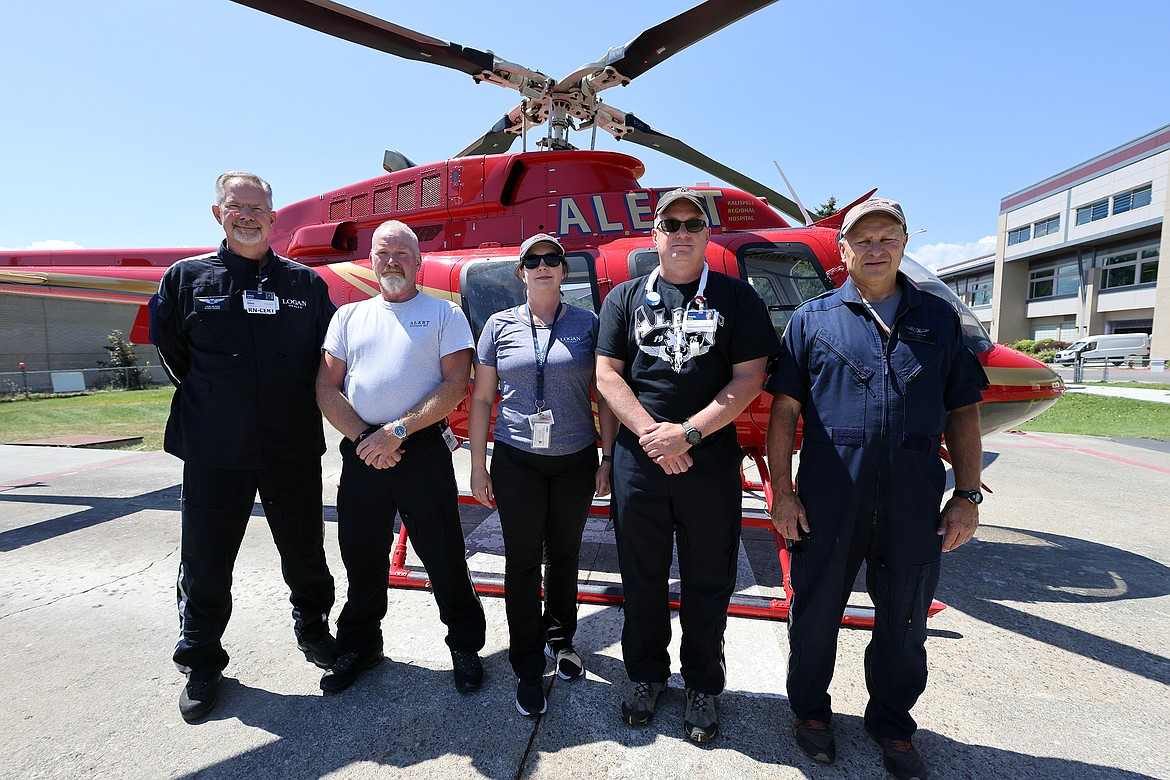ALERT medical rescue helicopter marks milestone
If you live in the Flathead Valley, chances are you’ve seen the A.L.E.R.T. helicopter flying overhead at some point or another.
For 47 years, the bright red chopper synonymous with Logan Health has been on call, day and night, rain, snow or sunshine, providing rescue for those in need of medical care.
Support Local News
You have read all of your free articles this month. Select a plan below to start your subscription today.
Already a subscriber? Login
Daily Inter Lake - everything
Print delivery, e-edition and unlimited website access
- $26.24 per month
Daily Inter Lake - unlimited website access
- $9.95 per month

